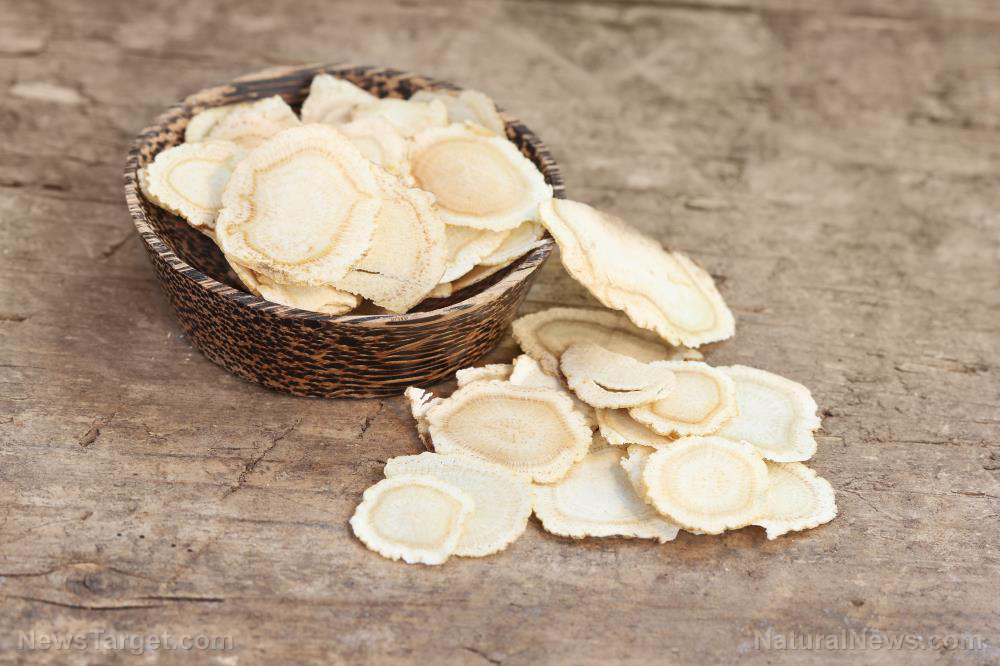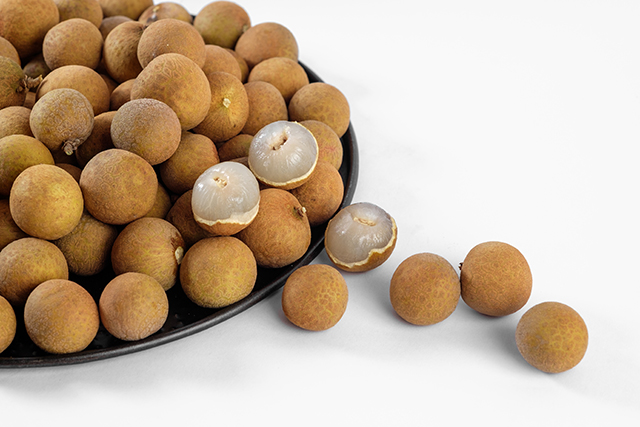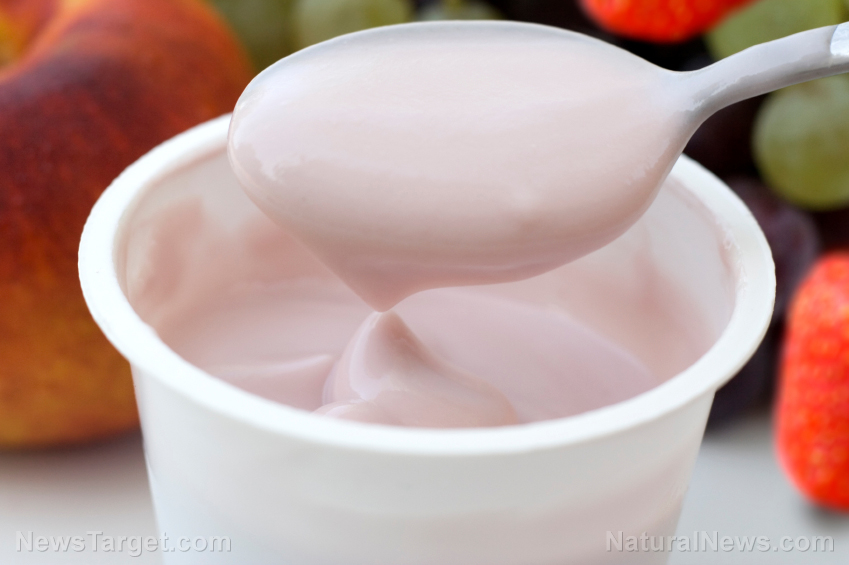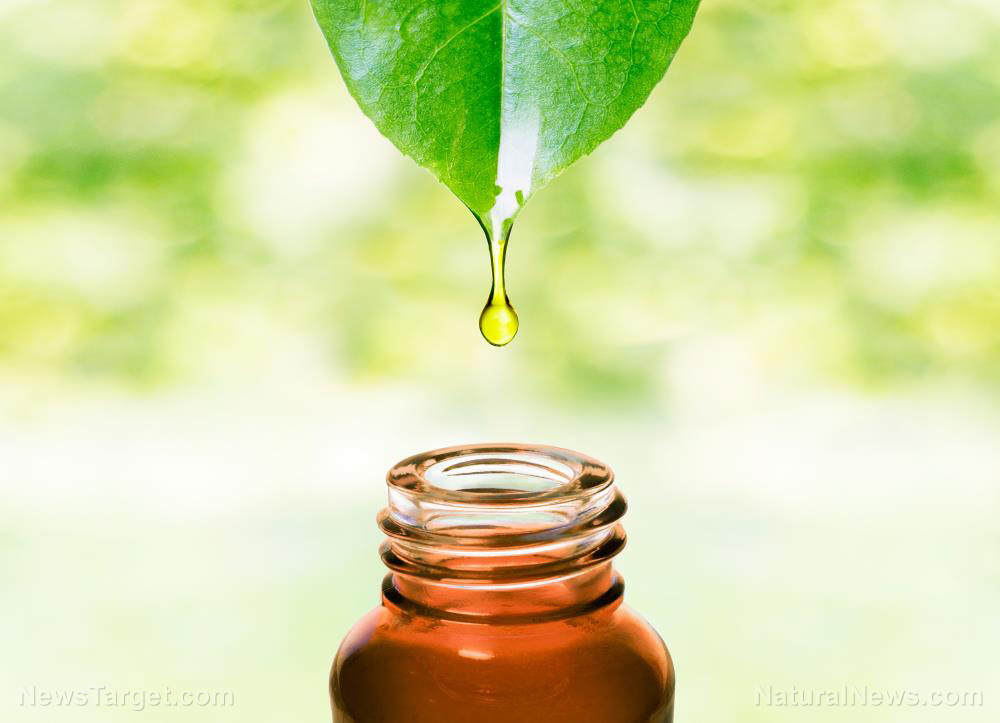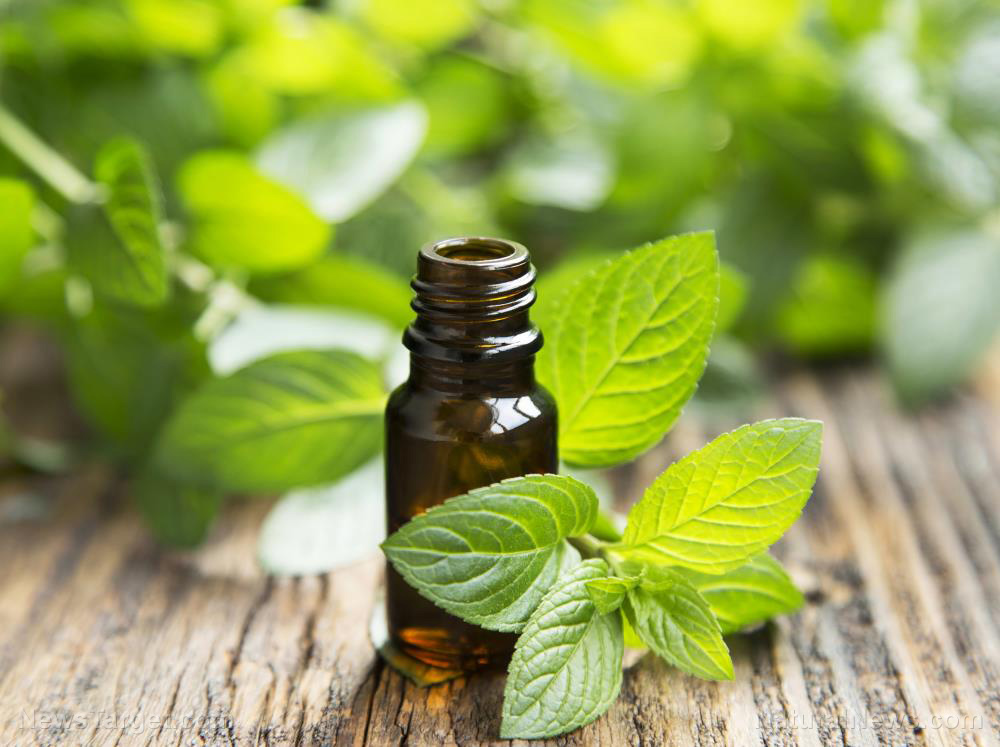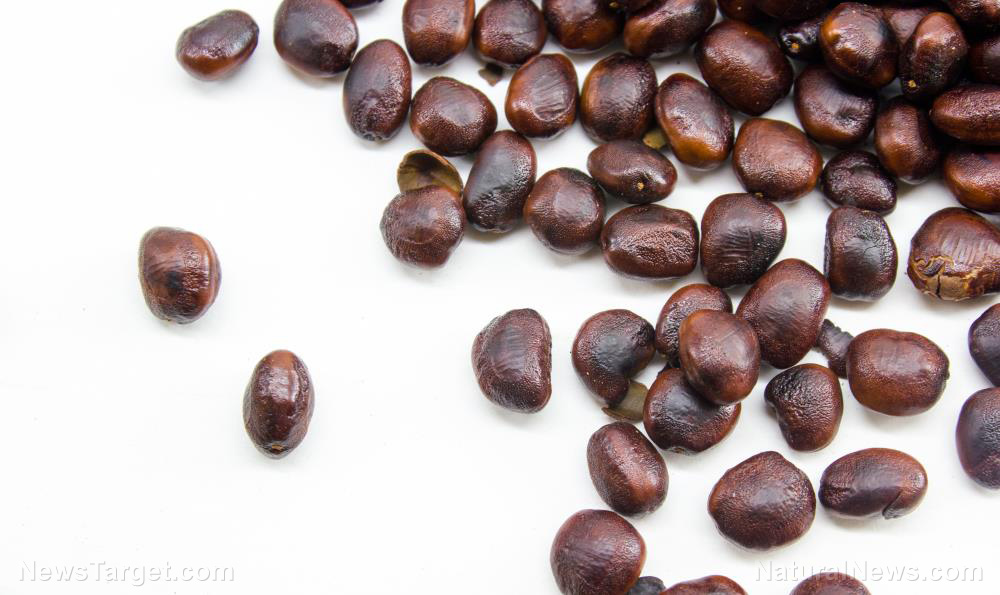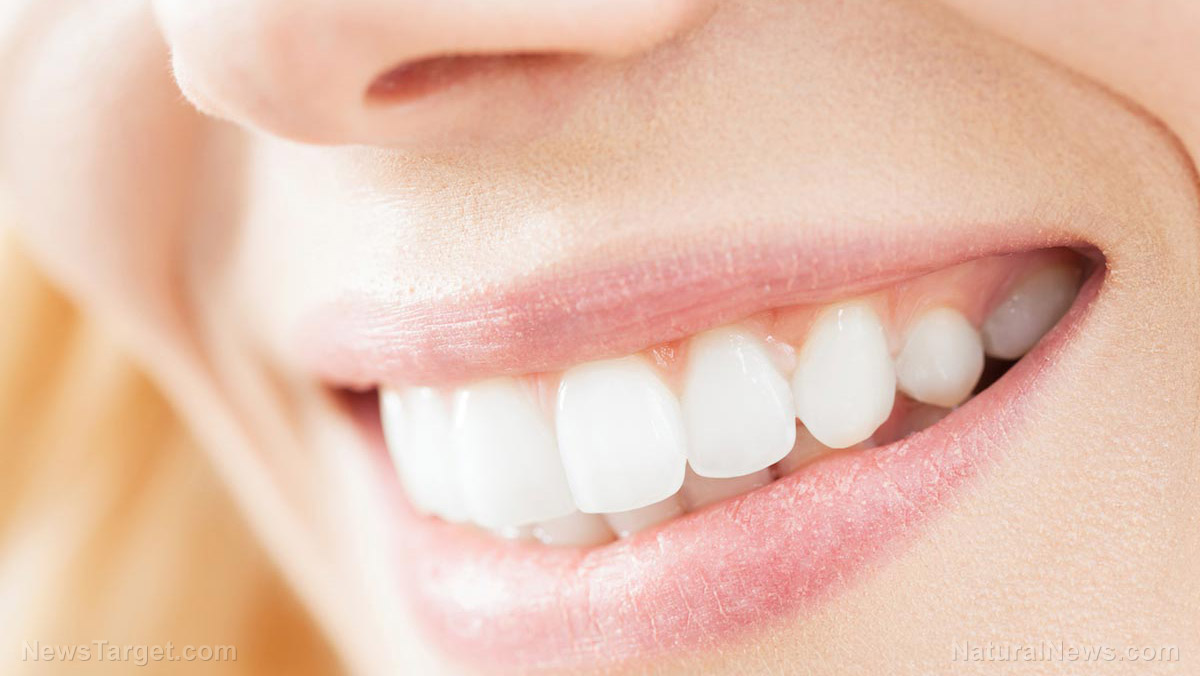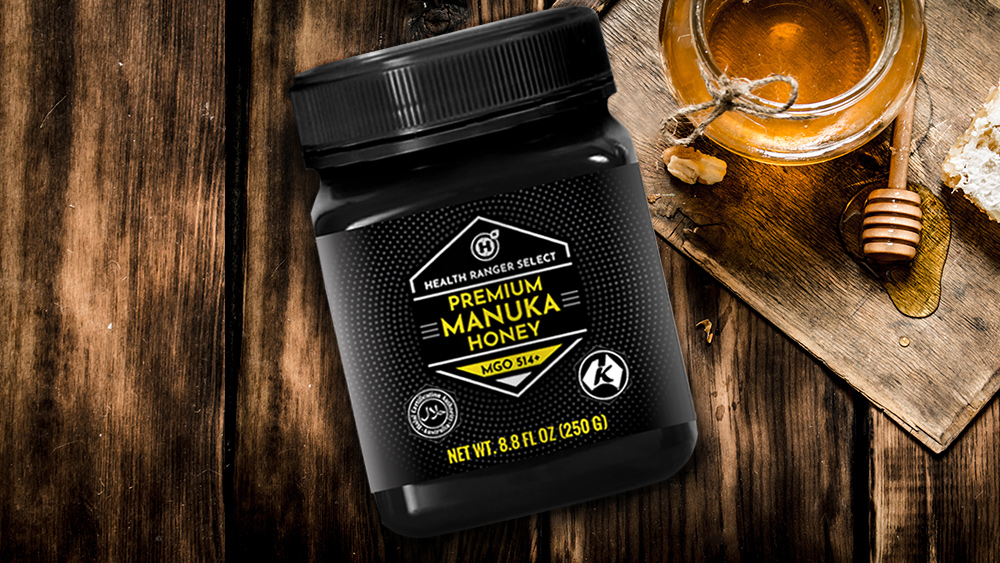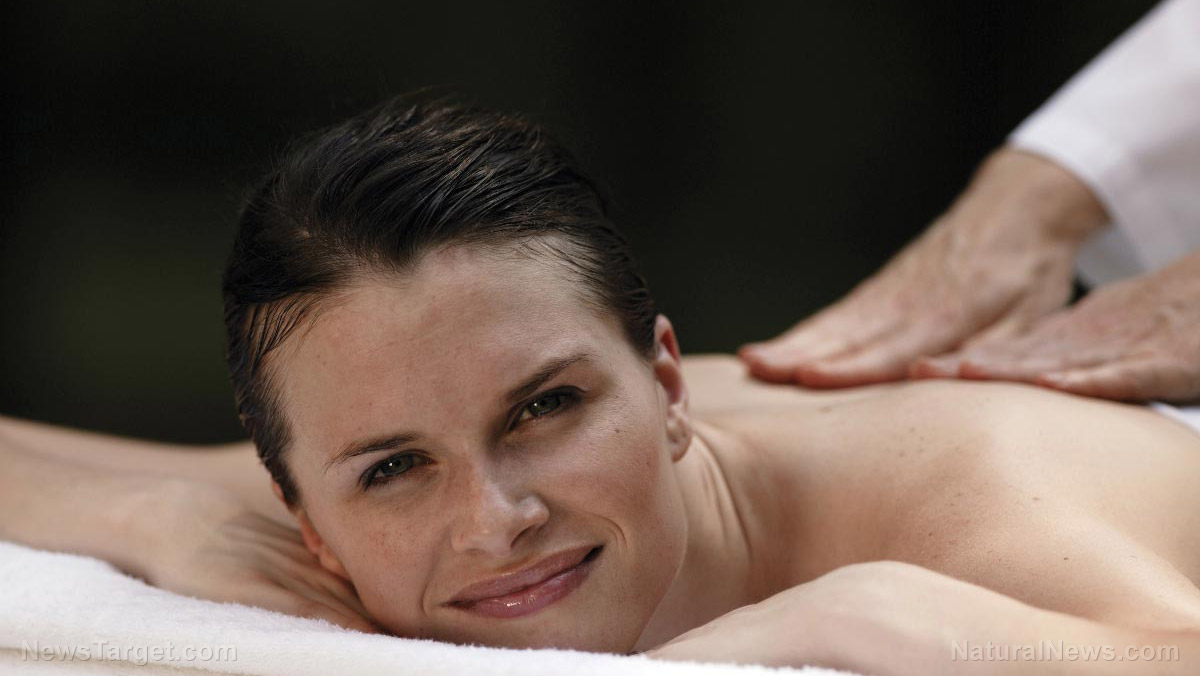Licorice root a safe alternative for promoting oral health
04/09/2019 / By Edsel Cook

An important ingredient in classic candy is actually a safe and effective way of taking care of your oral health. Studies suggested that the dried root of licorice (Glycyrrhiza glabra) can be used as a natural alternative to chemical toothpaste and harsh mouthwashes.
Licorice is mostly known for adding flavor to confectionery and foods. It has fallen out of favor, though, and so-called “licorice candy” is actually flavored with anise oil.
Real licorice also saw wide use in herbal and traditional medicine in East Asia, South Asia, and the Middle East. An important healing herb in the Chinese and Indian medicine systems, it was prescribed for cough, eye problems, gut issues, and skin problems.
New research has indicated that licorice could play an important role in dental health. (Related: Licorice herb contains neuroprotective compounds that benefit stroke patients.)
Licorice contains antibacterial compounds that protect the gums and teeth
A study published in the Journal of Natural Products reported that dried licorice root could stop the onset of gum disease and tooth decay. The root can also serve as a direct treatment for oral health problems.
The researchers identified licoricidin and licorisoflavan A as the active compounds in licorice root that exerted antibacterial activity against microbes in the mouth. These natural chemicals inhibited the growth of oral bacteria associated with tooth decay, gum disease, and periodontal disease.
There are also natural compounds called chalcones in the root. These are related to trans-chalcone, an antibacterial that disrupted the ability of disease-causing Streptococcus mutans to create biofilms in their environment.
Biofilms protect the bacteria from antibacterial effects. When they are found in the mouth, they are called “plaque.” Preventing the formation of plaque will make it easier to get rid of oral bacteria.
Licorice lollipops can keep your mouth bacteria-free
Any oral health product must be able to deal with the presence of saliva and regular swallowing motions. Saliva diluted the effect of a substance while swallowing removed the product from the mouth before it can start working on the bacteria.
The solution is straightforward: Make a sugar-free lollipop from licorice. Every time the confectionery got sucked, it would fill the mouth with the antibacterial compounds found in licorice.
The licorice lollipops were tested in children who were very vulnerable to cavities. The participants ate two lollipops a day for 21 days.
During the trial period, the population levels of Streptococcus mutans in the mouths of the kids greatly went down. The inhibitory effect lasted for 22 days after taking the last lollipop.
Another study included older participants as well as children. The extract used for the lollipops contained large amounts of glycyrrhizol A.
Again, the number of harmful oral bacteria in their mouths were greatly reduced during the treatment. The effects lasted for several days after the end of the protocol.
Even more, studies indicated that licorice root extract can prevent inflammation in the mouth. This anti-inflammatory effect made it a potential means of treating periodontal disease. It could possibly prevent the loss of bone associated with the disease, thereby protecting the teeth.
The right use of licorice for oral health care
A licorice-based oral treatment protocol should last for four to six weeks at most. The oral health benefits last for quite some time after the end of the treatment, so continuous consumption of licorice is not required.
The maximum recommended daily intake of black licorice is two ounces (57 g). If you consume this much licorice every day, you can stop after two weeks. Eating much smaller amounts each day lets you enjoy the oral health benefits of licorice over a longer period of time before taking a break.
Sources include:
Tagged Under: alternative medicine, dental care, food cures, food is medicine, functional food, licorice, licorice root, natural cures, natural medicine, oral care, oral health, teeth


